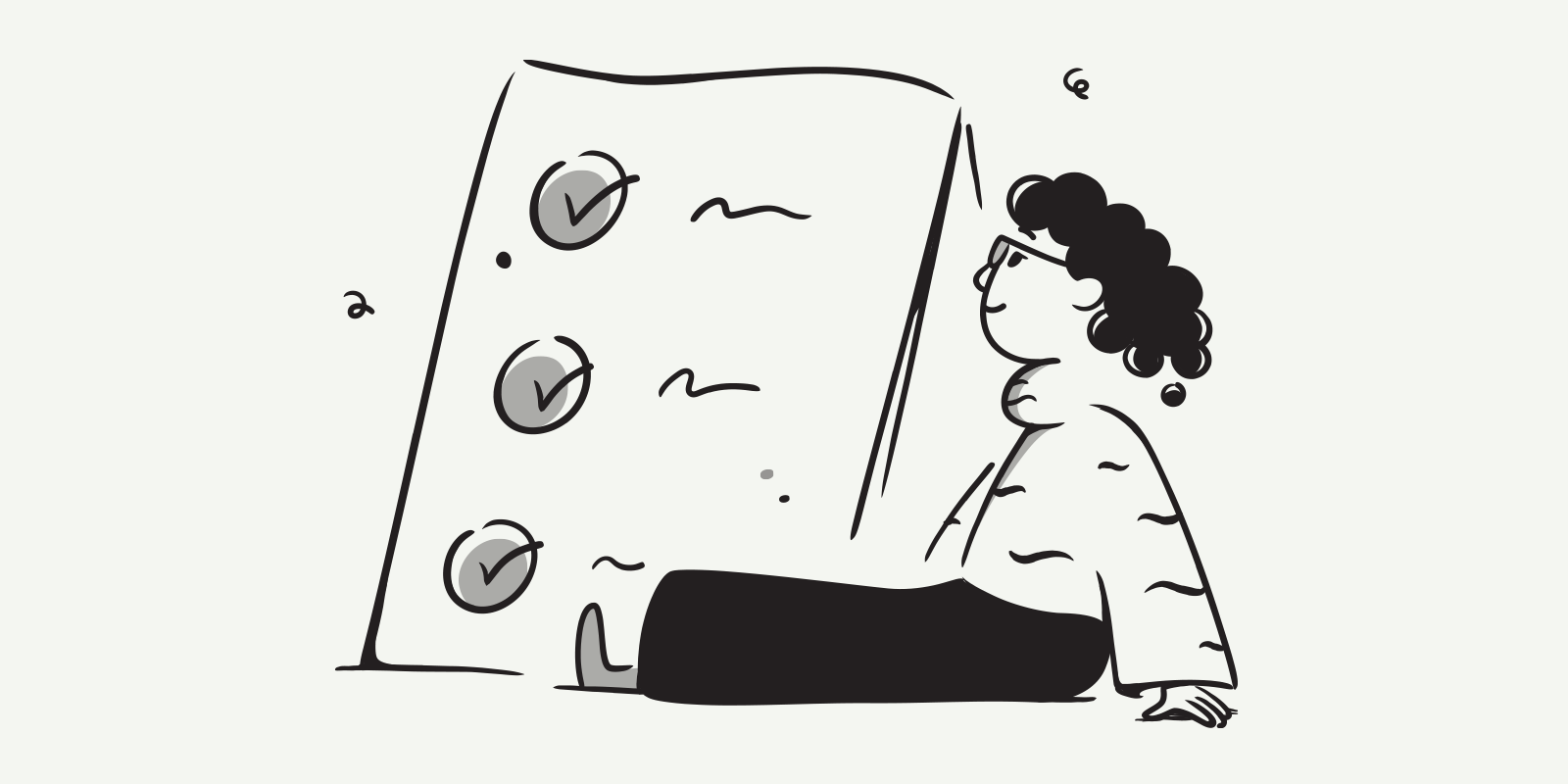Tenancy agreements: A 5-minute guide for landlords

If you’re renting out a property, you’ll need to provide a tenancy agreement. However, there are many types of tenancy agreements, so it can be confusing to know which one to use. After reading this five-minute guide, you’ll be confident you know which contract you need.
What is a tenancy agreement?
Tenancy Contracts are legal agreements that people get into when they start living in a place that is owned by someone else, but they pay rent to live in that place. These contracts are not bound to places of residence alone. They can also be used when entire office buildings are rented out to corporate bodies.
What are the types of tenancy agreements, and which should I use?
The main tenancy agreements are listed below, along with a summary of when they are used.
- Assured Shorthold Tenancy (AST) – This is the most common type of tenancy agreement which will apply to most tenancies. Use this tenancy agreement when you are renting out most apartments or houses to tenants where you the landlord lives elsewhere.
- Assured Shorthold Tenancy (Room only) – This can be used if you are renting to a group of students or young professionals. It can replace one tenancy agreement with several names on it.
- Excluded Tenancy (Lodgers Agreement) – This can be commonly used in London, where many people rent out to a lodger to help pay high mortgages. It is used when the landlord resides in the same property and rent out a room to a lodger.
- Company Let – Use this tenancy agreement when you are renting out space used by a business. This could be premises used as an office or a shop, for example.
Other less common types of tenancy agreements are detailed below which you are unlikely to use:
- Non-Assured Tenancy – You can use this type of tenancy agreement for rare occasions when the rent is less than £250 per annum or more than £100,000.
- Assured Tenancy – An older type of tenancy agreement that began between 1989 and 1997. It gives tenants long-term tenancy rights and is now mostly used by Housing associations.
- Regulated Tenancy – An older type of tenancy agreement used before 1989. It was a long-term tenancy agreement, giving tenants entitlement to a fair rent set by the Valuation Office Agency.
Assured Shorthold Tenancy Agreements
After the Housing Act of 1988 in the UK, ASTs are typically the agreement by which landlords rent out a place. Usually, it is used where the landlord does not live with the tenants. This agreement is used for self-contained units, for example, houses or flats. The initial lease for these agreements is usually six months to a year, where the landlord cannot change the terms of the agreement in the time of the lease unless the tenant agrees to it.
Once the fixed term is over, you don’t need to sign a new AST. If you don’t sign a new contract with your tenant, the tenancy agreement automatically becomes ‘periodic’.All the deposits that are made under this agreement are protected by Government approved tenancy deposit schemes.
Good to know
Find out more about how you must protect your tenant’s deposit in our 5-minute guide.
Assured Shorthold Tenancy Agreements (Room Only)
Another type of AST is the room only type. This is when the landlord rents out a room to a tenant, and the tenant shares facilities with other people who are living in the same vicinity. This also comes under the Housing Act of 1988. If landlords need tenants to empty out the place, they have to give them a notice under Section 22 and Section 8 of the UK tenancy laws.
If you’re renting to a group of people, it’s your choice whether you add several names to one AST or choose several Room Only agreements. It may be beneficial to choose many Room AST’s if you’re to students. It will give you greater protection in allowing you to evict just one person rather than the whole group.
Excluded Tenancy (Lodgers Agreement)
Also known as the Lodgers’ Agreement, this kind of contract is used for people who live in the same apartment or house as their landlords.
The deposits that the tenant makes are not protected under the Government’s deposit scheme, and the landlord can usually ask the tenant to leave without the four-week notice that is otherwise an obligation, or a court order. The tenant and landlord usually share accommodations under this agreement.
Company Let
This kind of agreement is used when the tenancy is a business body that needs space for their offices. Even if there are more than one tenants, none of them can be individuals; they will always be incorporated bodies. The deposits made in this kind of agreement are not protected by the Government’s deposit scheme.
This is a fixed-term tenancy that automatically runs into monthly instalments. You need to give proper notice before you can get out of the agreement for whatever reasons that it might be. However, you do not even need to serve the officials with a notice under Section 8 or 22 for evicting them.
Non-Assured Tenancy Agreements
This agreement is used in one of three situations. When the rent is below £250 or above £100,000 per annum. When the tenant has a permanent residence elsewhere, for example, if they live with their parents for half of the week and come live in the rented place for the other half.
Lastly, it is used when the landlord and the tenant live in the same house or apartment, but amenities such as the toilet are not shared. For this kind of agreement, an eviction notice under Section 22 or Section 8 is not needed as the deposits made are not protected by the Government’s tenancy deposit scheme.
Assured Tenancy Agreements
This kind of agreement was mostly used in the past (between 1989 and 1997) and gave tenants long term tenancy rights. These tenants cannot be evicted without proper reason, and action can be taken against the landlord who tries to cut ties with tenants under an Assured Tenancy Agreement. This agreement is usually used by people who are renting out houses with the intention of eventually buying them.
Regulated Tenancy Agreements
This is another one that you’re unlikely to use. It was an agreement used before 1989. It was a long-term tenancy, protecting tenants from unfair increases in rent. It was governed by the Valuation Office Agency who set out fair rental pricing.
Adding additional terms to your tenancy agreement
You may wish to add additional terms to a pre-existing agreement. To do this, you’ll need an addendum agreement. You use this along with the original contract. For instance, some landlords may add rules such as ‘no pets allowed’ into the contract.
FAQs
What is a tenancy agreement and why do landlords need one?
A tenancy agreement is a legal contract that sets the rules of the tenancy: rent, responsibilities, duration, and conditions. It protects both landlord and tenant by preventing misunderstandings and providing a clear reference if disputes arise. Written agreements are always recommended.
What must a tenancy agreement include to be valid?
It should cover rent amount, payment dates, deposit details, tenant responsibilities, landlord obligations, maintenance rules, notice periods, and terms for ending the tenancy. It must comply with UK housing law and cannot include unfair or illegal clauses.
Can a tenancy agreement be changed after it’s signed?
Yes—but only if both landlord and tenant agree. Any change, such as rent adjustments or adding a new occupant, must be written down and signed by both parties. Verbal agreements aren’t enough. For major updates, issuing a new agreement is often the safest option.
Tenancy Agreements: Things to remember
- A tenancy agreement is a legal contract that sets the rules : A tenancy agreement outlines rights and responsibilities for both landlord and tenant. It applies to homes, rooms, and even business premises. It must clearly state rent, duration, obligations, and any specific conditions. Choosing the right type of agreement ensures the tenancy is valid and compliant with UK housing law.
- The most common contract is the Assured Shorthold Tenancy (AST) : ASTs apply to most rentals where the landlord does not live with the tenant. They usually last six to twelve months and then become periodic automatically. Deposits must be protected in a government-approved scheme, and the landlord cannot change terms during the fixed period without the tenant’s agreement.
- Different situations require different tenancy types : Room-only ASTs are used when renting individual rooms with shared facilities. Lodger agreements apply when the landlord lives in the property. Company lets are for businesses renting premises. Non-assured, assured, and regulated tenancies exist but are now rare or used only in very specific circumstances.
- Know the rules about notice, eviction, and deposit protection : Some agreements—like ASTs—require formal Section 8 or Section 21 notices. Others, such as lodger agreements or company lets, do not. Deposit protection is mandatory for ASTs but not for excluded tenancies or company lets. Understanding these differences prevents legal mistakes and protects you from disputes.
- Additional rules can be added with an addendum : If you need extra conditions—no pets, smoking rules, garden maintenance—you can add them using a written addendum attached to the main contract. Both parties must agree and sign it. Verbal changes are not secure and should always be supported with written documentation to remain enforceable.
Download free tenancy agreements
When you sign up with Rentila, we provide tenancy agreements as part of the deal. To join the Rentila community and grab a tenancy agreement, head to our sign-up page.


